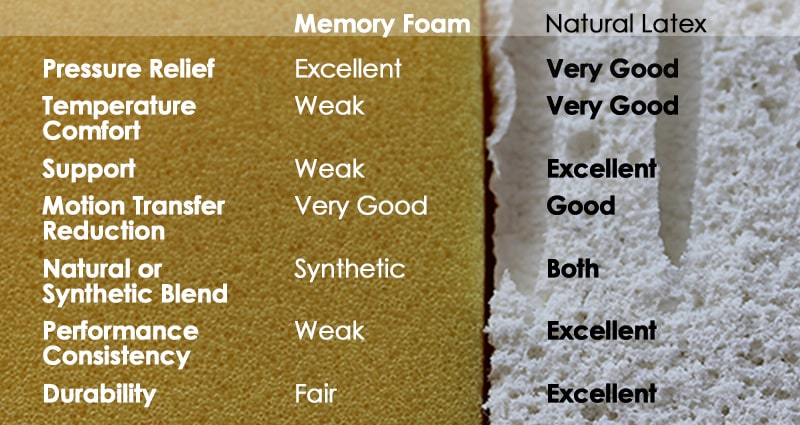Did you know that memory foam was developed by NASA? There’s an interesting story behind this unusual material.
…One Giant Leap for Artificial Foams
In the 1960s, a group of NASA engineers was asked to design a customized seat for each astronaut that would relieve pressure from the massive gravitational (or “G”) forces the astronauts endured during takeoff and landing. The engineers soon realized that because of their intense, ongoing training, astronauts’ bodies continued to change over time. An individual, custom-formed seat would have to be modified for each astronaut for every flight, and that was impractical.
Ultimately, engineers invented a material that could adapt to any space-bound body: visco-elastic, or “memory” foam. Industrial foam formulas have changed over the past 30 years or so, and most are guarded as proprietary secrets. But all memory foams, even those containing some biological material such as soy, start with a petroleum base. Petroleum itself is natural, but memory foam production results in a highly synthetic material.
Hidden Dangers
Squashed forcefully against their seats, astronauts in flight quickly appreciated how well memory foam eased the extreme pressure on their limbs. When manufacturers began to market it for mattresses, however, the material presented problems for sleepers:
- Memory foam “sleeps hot” (heat trapped between a sleeper and the foam triggers the form-to-shape reaction)
- After a few years memory foam becomes less effective at relieving pressure, even while retaining its shape
- Health issues, such as headaches and asthma, have been attributed to the foam’s chemical off-gassing
- Memory foam is responsive on a mattress top, but when low-quality materials are used in lower layers, back support can be inadequate
- Flame retardant chemicals are usually added to enable memory foam mattresses to pass federal fire safety requirements. Recent medical research is raising alarms over the toxicity of these chemicals
A Natural Alternative
Many consumers who are disenchanted with memory foam are choosing natural latex mattresses instead. Latex is derived from rubber trees that grow in tropical climates. The industry originated in Brazil, but today most commercial rubber is processed in India, Indonesia, and Sri Lanka.
All foams—latex, visco-elastic, or polyurethane—have some qualities in common:
- They all relieve pressure.
- They are all poured in molds and can be cut and shaped with a foam saw.
- They all have a variety of commercial uses.
- They are all used in mattresses in various ways.
There are, however, important differences. This chart summarizes the qualities of the various foams used in mattresses.

